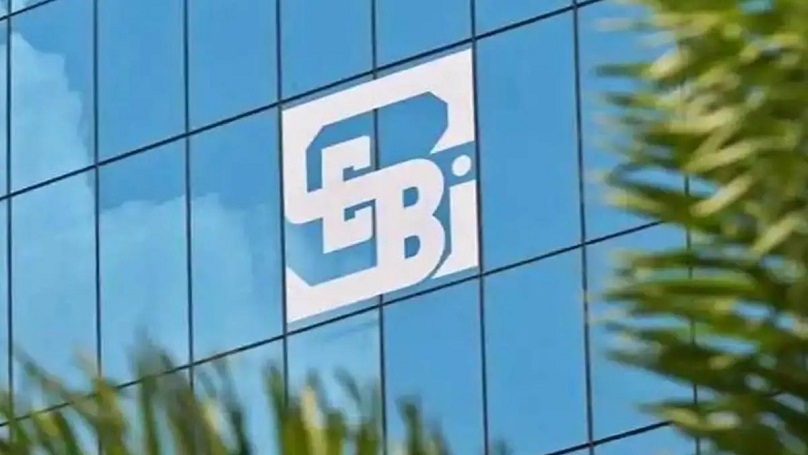SEBI proposes measures to contain price volatility on shares in derivative segment
| Date :22-May-2023 |

Business Bureau :
The Securities and Exchange Board of India (SEBI) has sought public comments on the proposal till June 5
Capital markets regulator SEBI on Sunday came out with a proposal to strengthen the existing price band formulation for scrips in the derivatives segment to deepen volatility management and minimize information asymmetry in the market. Price bands for scrip or a derivative contract represent the boundaries within which the competing orders of buyers and sellers are accepted for the day by the trading system of the stock exchange.
For scrips having derivative contracts on them, these price bands are dynamic and can be flexed depending on trading during the day.
In its consultation paper, SEBI has proposed that in case a share in the futures and options segment falls or rises beyond 20 per cent a day, cooling off period should be increased in a phased manner, subject to a maximum cooling-off period of one hour from the current 15 minutes at present.
After this, such scrip should be permitted to move only a further up to 2 per cent as against the current limit of 5 per cent. The proposals would provide a tool to control extreme market volatility and aid in containing worst-case single-day price movement in the scrip, SEBI said.
The suggestions came in the wake of a massive sell-off in the shares of Adani Group after the US-based investment firm Hindenburg its report in January flagged governance concerns about the
conglomerate.
Following the Hindenburg report, Adani Group, which denied any lapses, lost more than USD 140 billion of its
market value..
The Securities and Exchange Board of India (SEBI) has sought public comments on the proposal till June 5.
Going by the draft papers, the regulator said that once the scrip price touches the price band till the time the price band is flexed after the cooling off, the regulator suggested that revised temporary ceiling in the price band of the options be introduced depending on the Last Traded Price (LTP) of the options contract.